Last Updated on October 16, 2023 by Pro Handyman Australia – Editorial Team
Brushless and brushed tools, especially when considering rotary hammer vs hammer drill, differ primarily in their internal mechanics and performance. While both convert electrical energy into mechanical action, brushless tools employ magnets and electronic controls, resulting in higher efficiency, reduced heat, and lesser maintenance. In contrast, brushed tools use carbon brushes which can wear out over time. For those prioritizing performance and minimal upkeep, brushless tools take the edge. However, brushed tools often come at a more budget-friendly price point.
Differences at a Glance
- Construction and Mechanism: Brushed motors utilize carbon brushes, while brushless motors use magnets.
- Maintenance: Brushless motors require less maintenance due to the absence of wear-prone brushes.
- Efficiency and Heat: Brushless motors are more efficient and produce less heat, leading to longer tool lifespans and improved performance.
A Brief History of the Brushless Motor
The inception of brushless motors dates back to 1856, evolving through significant milestones in the 1960s and the 1980s. While early inventions set foundational mechanics, the true turning point came with the introduction of power dimmers and the subsequent widespread availability of permanent magnets and high-voltage transistors. These advancements not only allowed brushless motors to match the power of their brushed counterparts but also offered users improved efficiency and reduced maintenance.
The Mechanics of Drill Motors
Dive deeper into the fundamental workings of drill motors, the distinction between brushless and brushed becomes even more evident, and the importance of different types of drill bits comes to the forefront. The core difference revolves around their construction: while brushed motors rely on carbon for power generation, brushless counterparts utilize magnets. This makes brushless motors adaptive, minimizing friction and heat. Furthermore, with an electronic controller directing the winding sequence, brushless motors are superior in terms of performance, design versatility, and maintenance requirements.
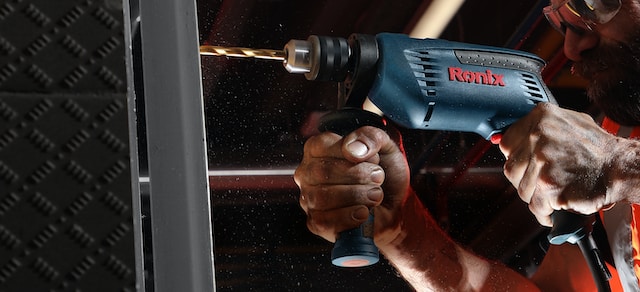
Brush Mechanics: Understanding their Role
Brushes play a pivotal role in the efficient functioning of brushed motor tools, which include devices such as drills, jackhammers, planers, hedge trimmers, and grinders. Tailored according to the brand and type of tool, carbon brushes primarily ensure optimal power transmission to the rotor, the component responsible for rotation, offering seamless switching devoid of sparks.
Carbon brushes are uniquely designed, composed mainly of graphite. These components, which are continuously in touch with slip rings, come in various forms. Depending on the tool’s requirements, brushes may be integrated with a spring, feature a connector (often a wire with a plug), or might even lack a brush holder. Additionally, brushes differ in sizes and shapes, commonly being square or rectangular, and sometimes featuring grooves to enhance guidance.
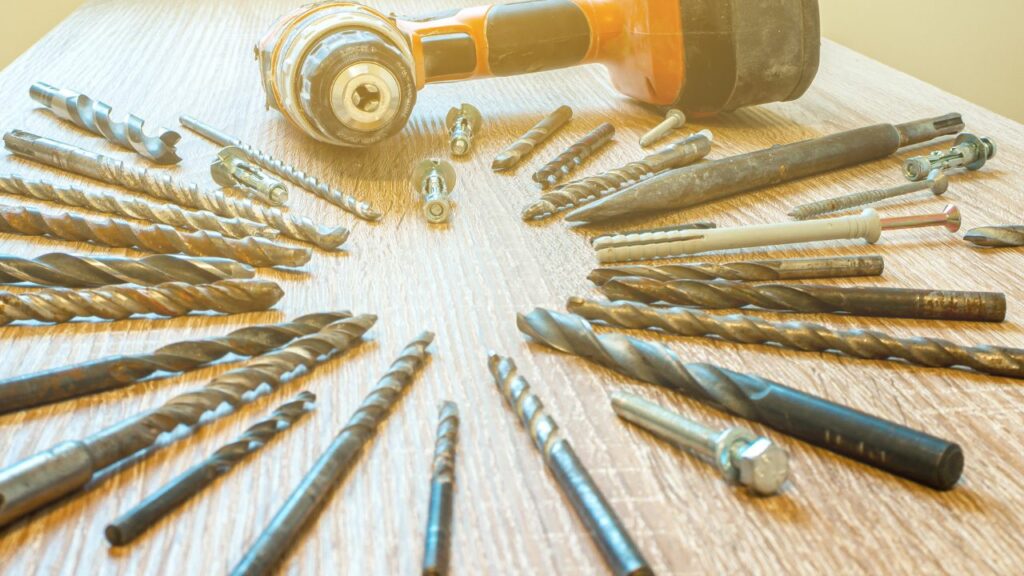
Drill speed intricately links with torque, which in turn is influenced by the strength of the magnetic field. To facilitate smooth power transition, spring-loaded carbon brushes fasten to a spring equipped with a plate. Occasionally, the brushes are fixed on a brush holder, which has a built-in spring to augment thrust. A unique variant known as breaker brushes exists to halt the motor’s operation, and consequently the drill, before the graphite material undergoes complete wear, thereby preserving optimal performance.
When discussing portable power tools, a question many users have is how long cordless drill batteries last. Manufacturers, drills included, often retail brushes compatible with their machinery. While dimensions are typically provided in millimeters or inches, detailing thickness, depth, and width, it’s essential to note that these metrics might fluctuate across different manufacturers. Battery longevity remains a crucial consideration alongside these other factors.
Brushed Motors: Weighing the Pros and Cons
Brushed motors, commonly found in tools like the Bosch cordless drill, although affordable, reliable, and boasting a commendable torque-to-inertia ratio, present certain challenges. A significant concern lies in the wear and tear of these components over time, which generates dust. Consequently, such motors necessitate consistent maintenance, primarily to clean or swap out the brushes. This becomes especially apparent when using equipment under heavy-duty operations, such as a hammer drill. Other limitations encompass their restricted heat dissipation due to rotor constraints, substantial rotor inertia, limited maximum speed, and susceptibility to electromagnetic interference (EMI) because of arcing on the brushes.
Brushless motors, despite having an operating principle akin to their brushed counterparts, deviate in design. This distinction in design bolsters internal resistance reduction and enhances heat dissipation from stator coils, leading to superior efficiency. For instance, when comparing the performance between a brushless hammer drill and its brushed version, the former often delivers longer run-time and extended tool life. This is made possible as the coil heat can dissipate more effectively through the larger stationary motor casing.
In a brushless motor, the permanent magnet finds its place on the rotor, while the stator is fashioned from grooved rolled steel and houses the coil windings. Contrastingly, brushed units, such as those in some Bosch cordless drill models, due to their minimal reliance on external components, excel in more restrictive conditions.
User Experience with Brushed vs Brushless Tools
When diving into the world of DIY or even professional craftsmanship, user experience becomes the golden standard for evaluating tools. Let’s consider two firsthand accounts from individuals who’ve extensively used both brushed and brushless devices in their projects.
Martin’s Tale with the Skil PWRCore 20V Brushed Drill Driver
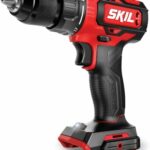 Martin, a carpenter with 15 years of experience under his belt, recently switched to the Skil PWRCore 20V Brushed Drill Driver, a brushed drill. He recalls, “I’ve always been a fan of traditional brushed drills, but ever since I started using the Skil PWRCore 20V Brushed Drill Driver, the difference was clear. The drill runs cooler, offers more power, and I don’t have to worry about replacing brushes. On a heavy-duty project where I was constructing a deck, the battery lasted significantly longer.”
Martin, a carpenter with 15 years of experience under his belt, recently switched to the Skil PWRCore 20V Brushed Drill Driver, a brushed drill. He recalls, “I’ve always been a fan of traditional brushed drills, but ever since I started using the Skil PWRCore 20V Brushed Drill Driver, the difference was clear. The drill runs cooler, offers more power, and I don’t have to worry about replacing brushes. On a heavy-duty project where I was constructing a deck, the battery lasted significantly longer.”
Jessica’s Journey with Makita DHR242Z
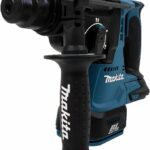 Jessica, a DIY enthusiast, shares her story, “I was skeptical about transitioning to a brushless tool, but the Makita DHR242Z changed my perception. Not only is it lightweight, but the efficiency gain means less charging and more working. However, the initial cost did set me back a bit compared to my older brushed tool.”
Jessica, a DIY enthusiast, shares her story, “I was skeptical about transitioning to a brushless tool, but the Makita DHR242Z changed my perception. Not only is it lightweight, but the efficiency gain means less charging and more working. However, the initial cost did set me back a bit compared to my older brushed tool.”
From these firsthand accounts, especially from those who have used Makita Impact Drivers, it’s evident that while brushless tools offer tangible benefits in terms of efficiency and maintenance, the initial investment might be a concern for some users.
In-depth Comparisons: Brushed vs Brushless Hammer Drills
To give you a clearer perspective, here’s a brief comparison of two popular models, representing both categories:
| Feature/Model | Makita DHR242Z | Skil PWRCore 20V Brushed Drill Driver |
|---|---|---|
| Power (in Watts) | 500W | 450W |
| Battery Life (in Hours) | 5hrs | 3.5hrs |
| Weight (in kg) | 1.5kg | 1.8kg |
| Price (in USD) | $200 | $150 |
| Maintenance Required | Low (No brushes to replace) | Moderate (Occasional brush replacement) |
As the table reveals, while the brushless model, Makita DHR242Z, boasts better power and battery life, it does come with a slightly steeper price tag compared to the brushed Skil PWRCore 20V Brushed Drill Driver. The choice, therefore, boils down to one’s priorities—whether they’re looking for longevity and performance or a more budget-friendly yet reliable option.
Understanding Brushless Drill Motors
When delving into the intricacies of brushless drill motors, it’s essential to grasp their foundational design. At the heart of these motors lies the stator, whose windings can be structured in either a star (or Y) formation or a delta configuration. The choice between rolling the steel with or without grooves has implications; a motor without grooves has diminished inductance, enabling swifter operation and fewer disruptions at slower speeds. However, this design choice comes at a higher cost due to the need to increase the windings to counterbalance a more expansive airspace.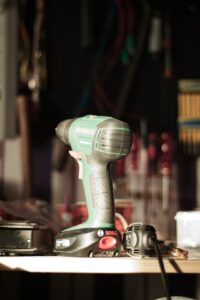
Another critical consideration is the rotor poles’ number, which can fluctuate based on the intended application. While a greater number of poles can amplify torque, it may concurrently curtail the peak speed. Furthermore, the material chosen for crafting the permanent magnets also impacts the maximum torque, which escalates with the flux density.
The inherent nature of brushless motors necessitates electronic switching, making their control schemes more intricate than the relatively straightforward ones associated with brushed variants. Control methods for these motors span both the analog and digital domains. Although the fundamental control unit bears similarities to brushed motors, the brushless variety mandates a closed-loop control system.
Diving deeper into the control algorithms for brushless motors, there are three primary types:
- Trapezoidal Commutation: This is the go-to for beginner applications due to its simplified circuitry and control software. Employing a six-step process that hinges on rotor position feedback, this method deftly manages the motor’s speed and power. However, it may exhibit torque inconsistencies during switching, especially at slower speeds.
- Sinusoidal and Vector (or Field-Oriented) Control: These methods can be tailored based on software programming and the specifics of the hardware design. Each bears its unique set of strengths and drawbacks.
- Sensorless Switching: By estimating the rotor’s position through back EMF measurements of the motor, this method achieves remarkable performance, albeit with a more intricate algorithm. Eliminating the Hall effect sensors and their accompanying circuits, sensorless switching curtails component and installation expenses while streamlining the system design, offering clarity on the essence of a brushless motor.
The Brushless Motor Advantage
The transition to brushless motor technology promises not just an augmentation in the potency of cordless power tools but also a notable extension in their longevity. One of the standout perks is the significant drop in maintenance concerns.
Brushless technology’s merits are manifold. Foremost among these is the absence of brushes, which eradicates issues tied to overheating and potential malfunctions. This means that the motor’s lifespan is predominantly determined by the bearings’ durability. Compactness is another feather in its cap, with brushless motors being two to three times lighter than their brushed counterparts. This weight reduction boosts portability and concurrently curbs vibrations and noise, ensuring a superior user experience.
The Pinnacle of Precision: Electronic Commutations
Harnessing electronic commutations in motors allows for impeccably accurate positioning. With optimally balanced rotors, such motors can reach remarkable speeds of up to 50,000 rpm. Paired with a versatile electronic module, there’s an expanded range of variation and, notably, consistent torque right from initiation. One major perk of eliminating friction between the rotor and stator is a notable surge in efficiency. This reduction in heat and friction means optimal utilization of battery energy, translating into an impressive 25 percent increase in power and autonomy when using standard batteries. Recent advancements in Li-Ion battery technology have further sweetened the deal; some manufacturers claim an autonomy boost of up to 50 or even 60 percent.
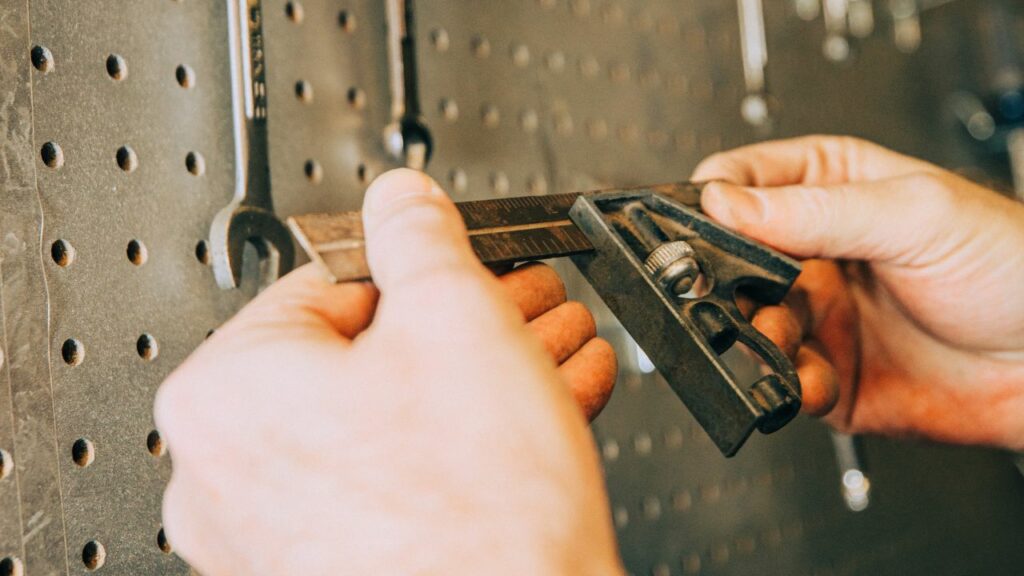
In the debate of hammer drill vs impact driver, another critical factor to consider is the motor technology. Furthermore, the friction-free nature of brushless motors means that they operate without emitting sparks, even during intensive usage. Given that brushless technology lacks a contact zone, wear and tear, along with maintenance needs, are drastically reduced. This cascade of advantages leads to a motor that’s not only energy-efficient but also safeguards against overheating and obviates the need for brush replacements. In practical terms, users get to relish extended battery life; it’s no surprise that the finest cordless drills and impact drivers in the market are powered by brushless motors.
Brushed vs Brushless Motors: The Cost-Benefit Analysis
In a traditional electric motor setup, the rotor (the rotating component) is propelled within the stator (the stationary element). They’re electrically bridged via the collector or commutator, which interfaces with petite carbon brushes. Transitioning to brushless technology entails a shift in this design. Here, the rotor is magnet-laden, while the stator houses coils which are periodically charged either positively or negatively. This alternating charge system facilitates the motor’s rotation through a seamless interplay of attraction and repulsion between poles. The standout feature is the absence of physical contact between the rotor and stator; energy transition happens through the magnetism between electromagnets.
Operated by direct current, the brushless motor pivots to utilize an alternating current, thanks to an electronic card that morphs the direct current into a three-phase variable frequency. This results in the coils receiving an alternating supply, fostering a rotating field and hence, motor rotation. An integral electronic module continually moderates the current, ensuring the motor performs at peak efficiency, thereby presenting a compelling return on investment.
The Verdict: Brushless vs Brushed Motors
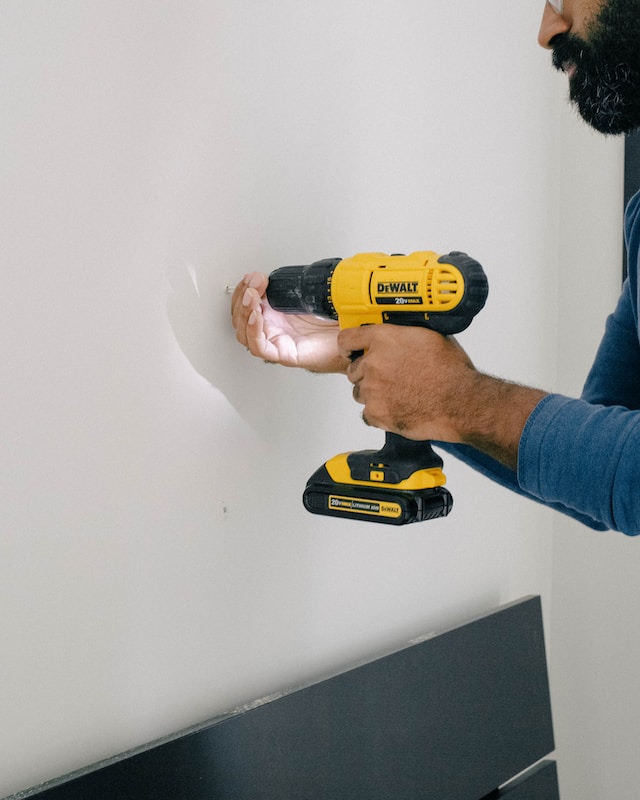
To distill the discourse, brushless motors undeniably outshine their brushed counterparts. They grant users an array of benefits: from slashed maintenance needs and amplified efficiency to curtailed heat and noise generation. Boasting synchronous operation, powered by one or more permanent magnets, brushless motors have rightfully claimed their spot as the heart of premium power tools. It’s worth noting the basic principle of a DC motor, which comprises two core electrical components: the stator and rotor. The magical dance of magnetic interaction starts the moment power flows into the motor, and by simply reversing the voltage direction, the motor’s rotation can be flipped.
Conclusion
The advancements in motor technology highlight the clear superiority of brushless systems over traditional brushed ones. For professionals, like a Sydney Handyman, adopting brushless technology is not just about keeping up with trends, but it’s a smart, long-term investment that promises durability, efficiency, and optimal performance. As with any innovation, the initial investment might seem steep, but the long-term benefits, both in terms of performance and savings, are undeniable.
